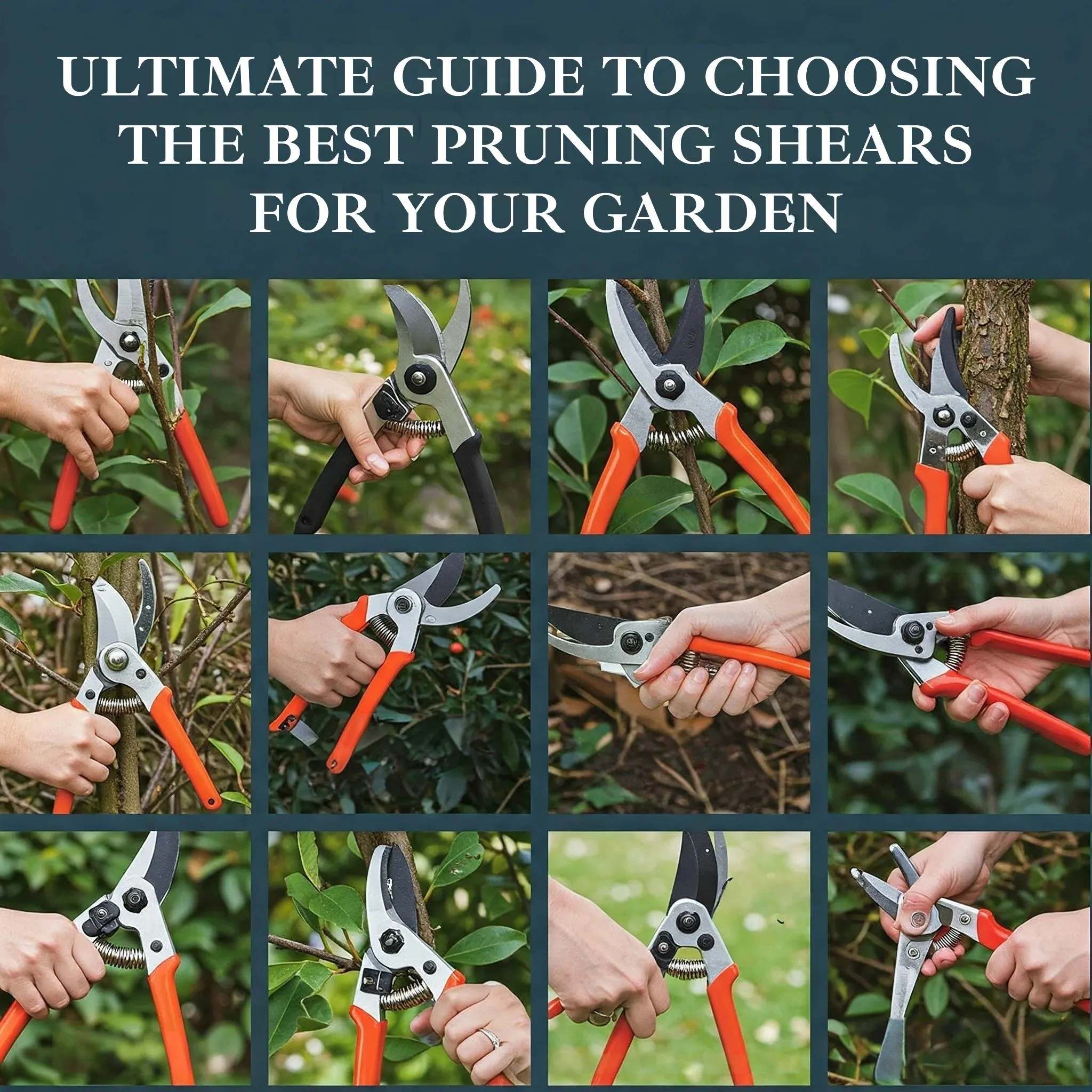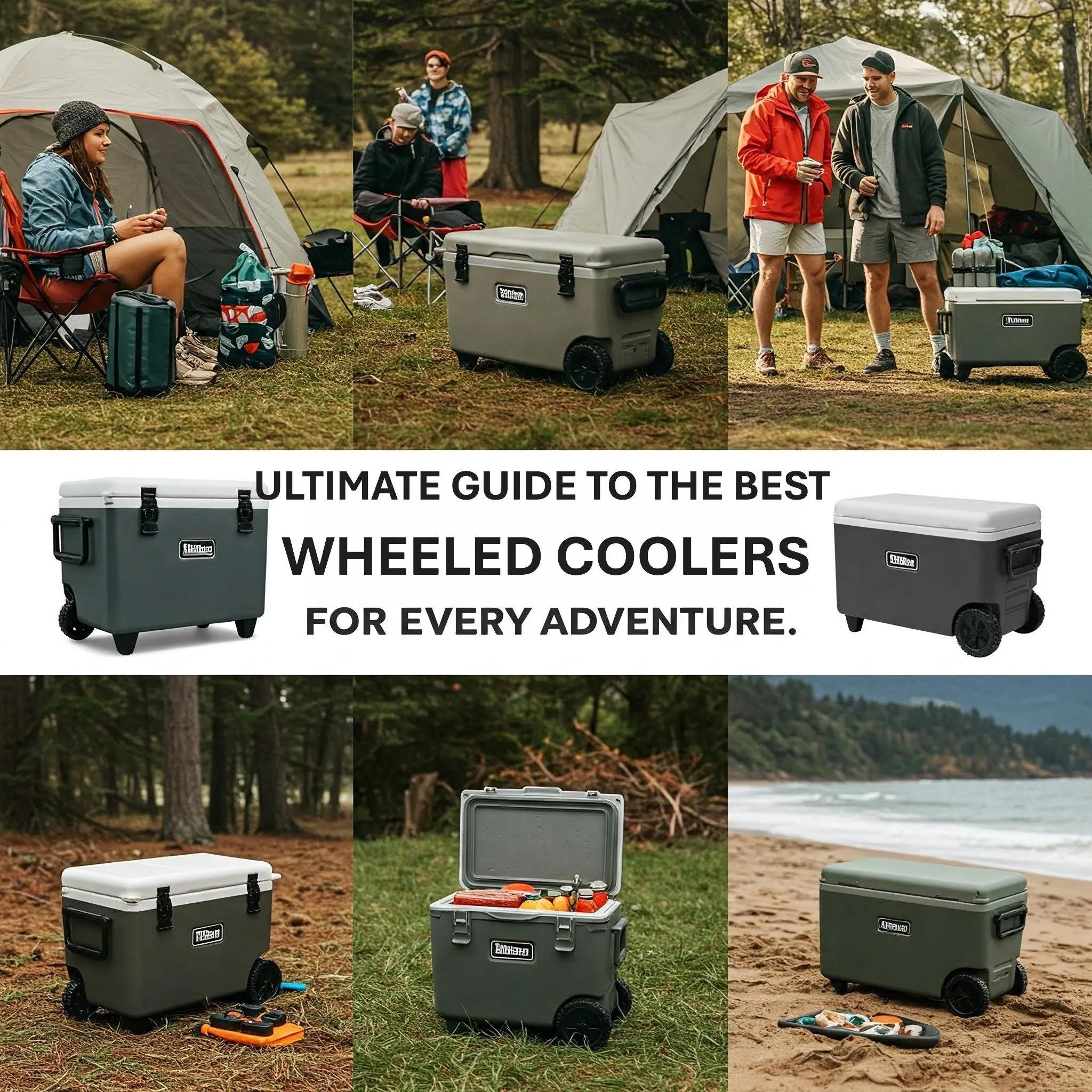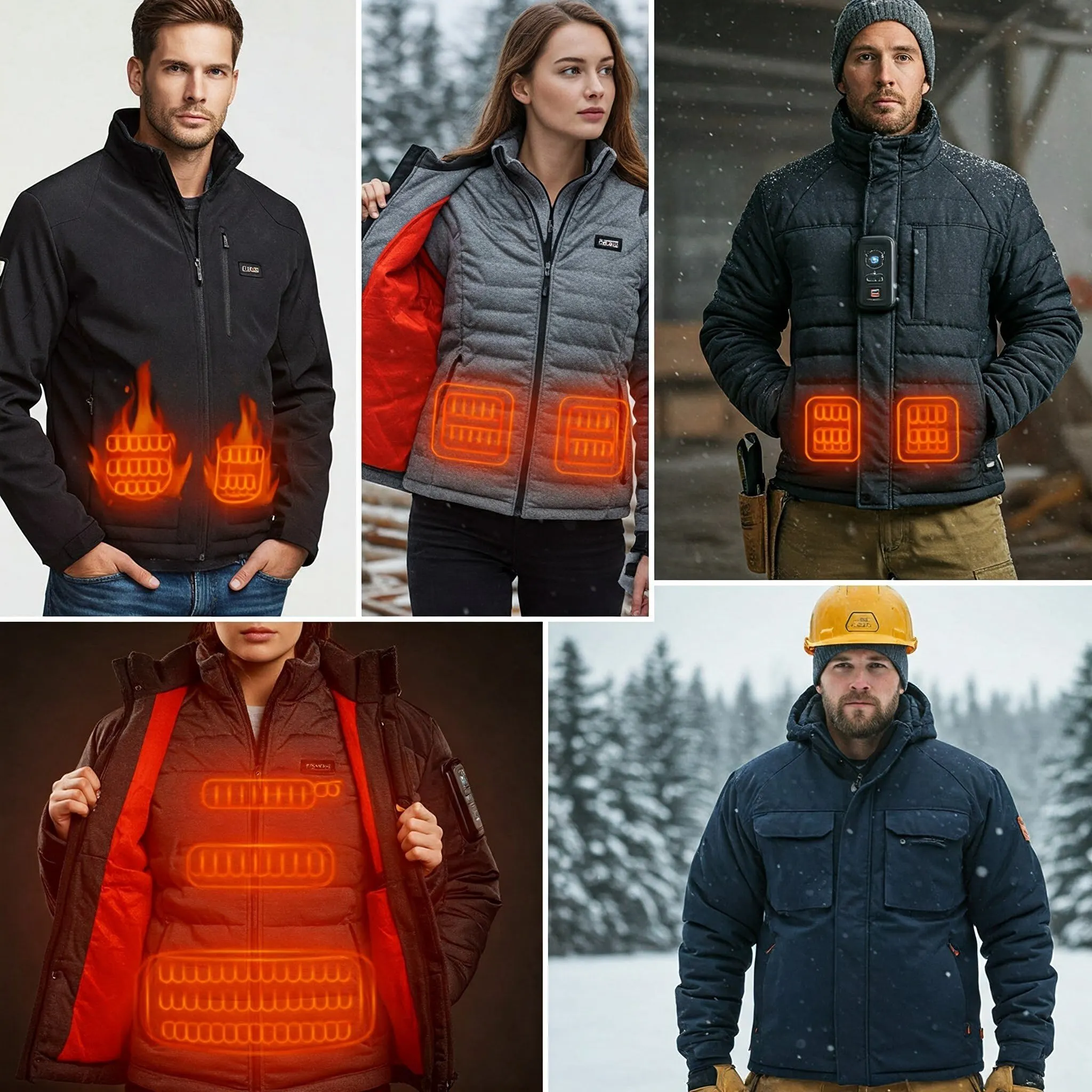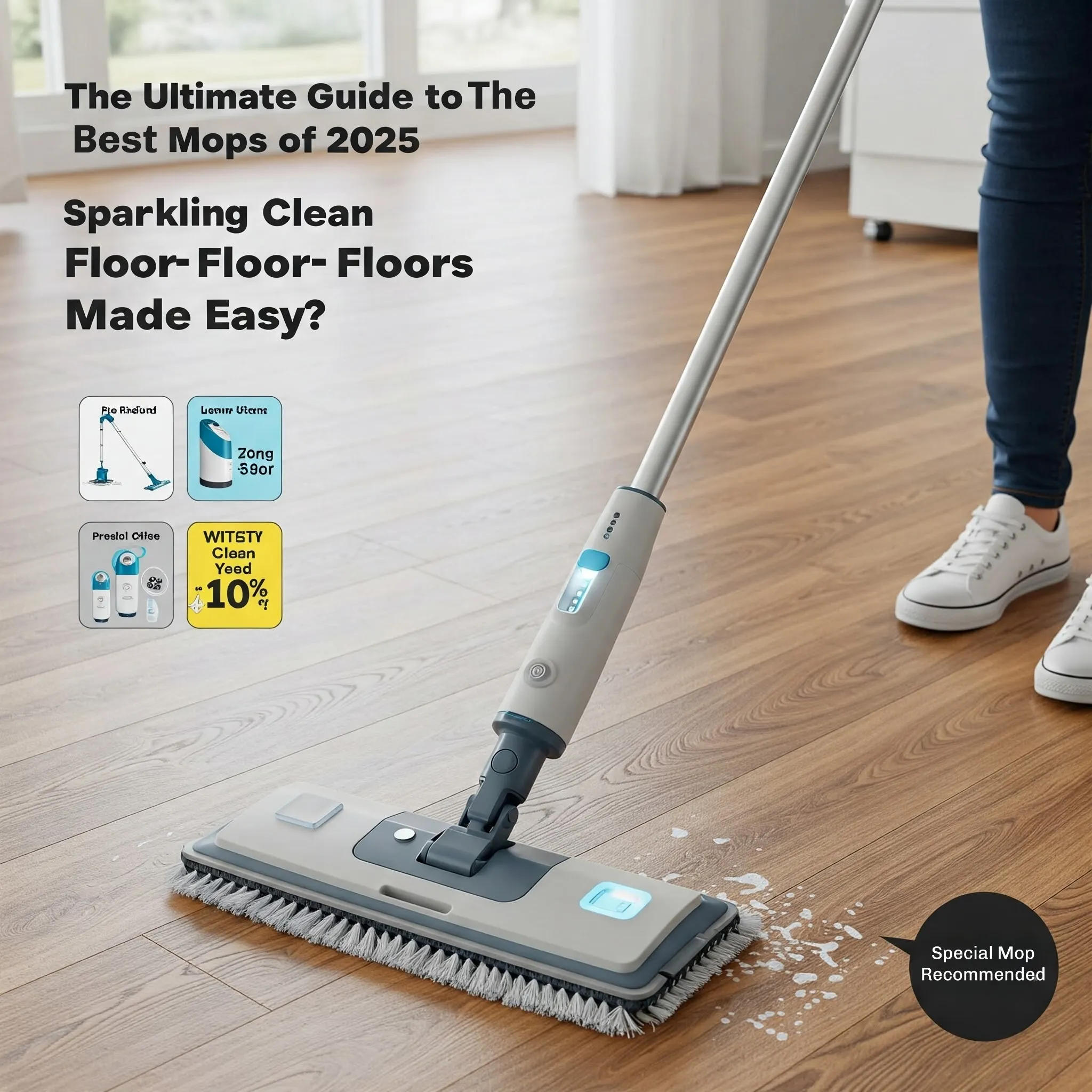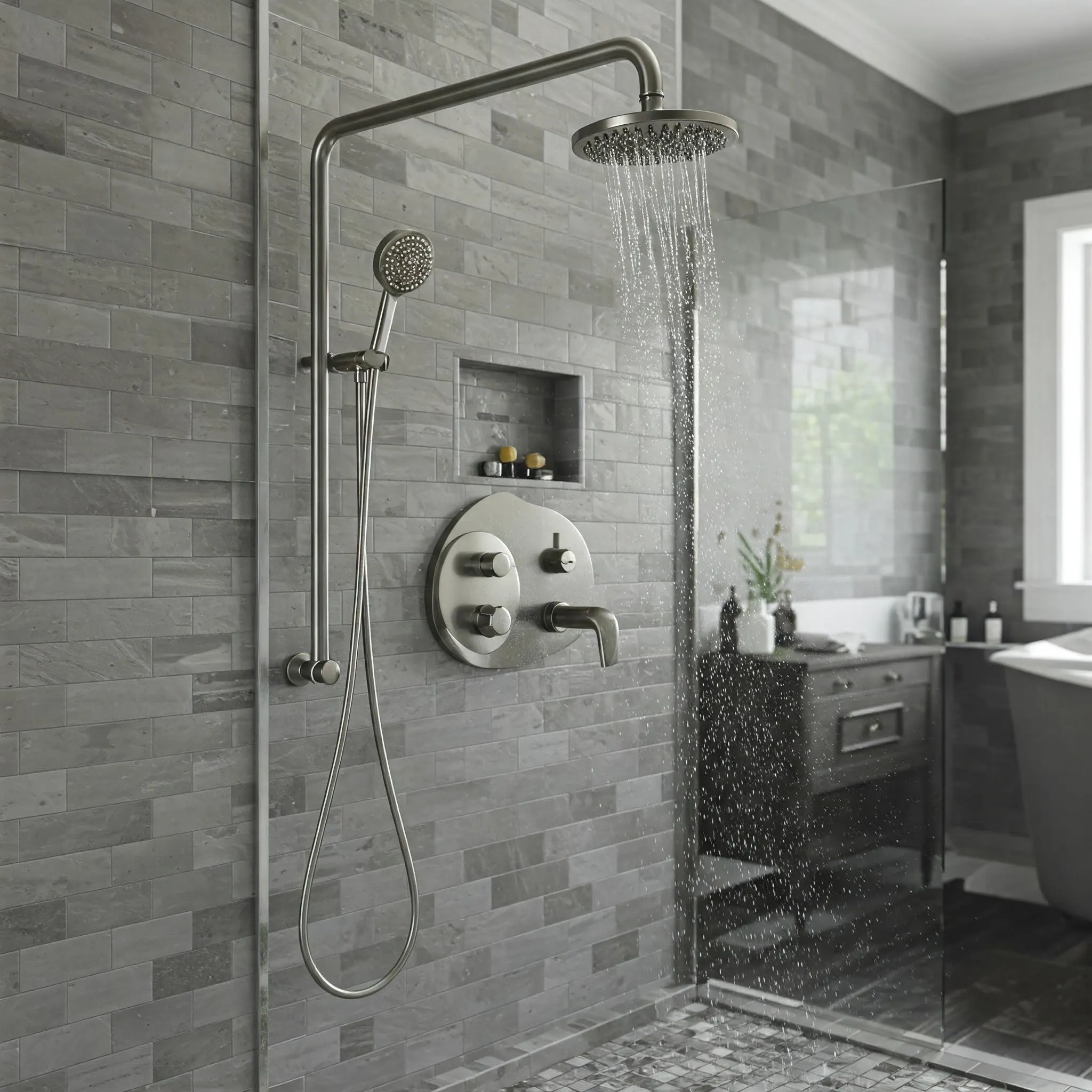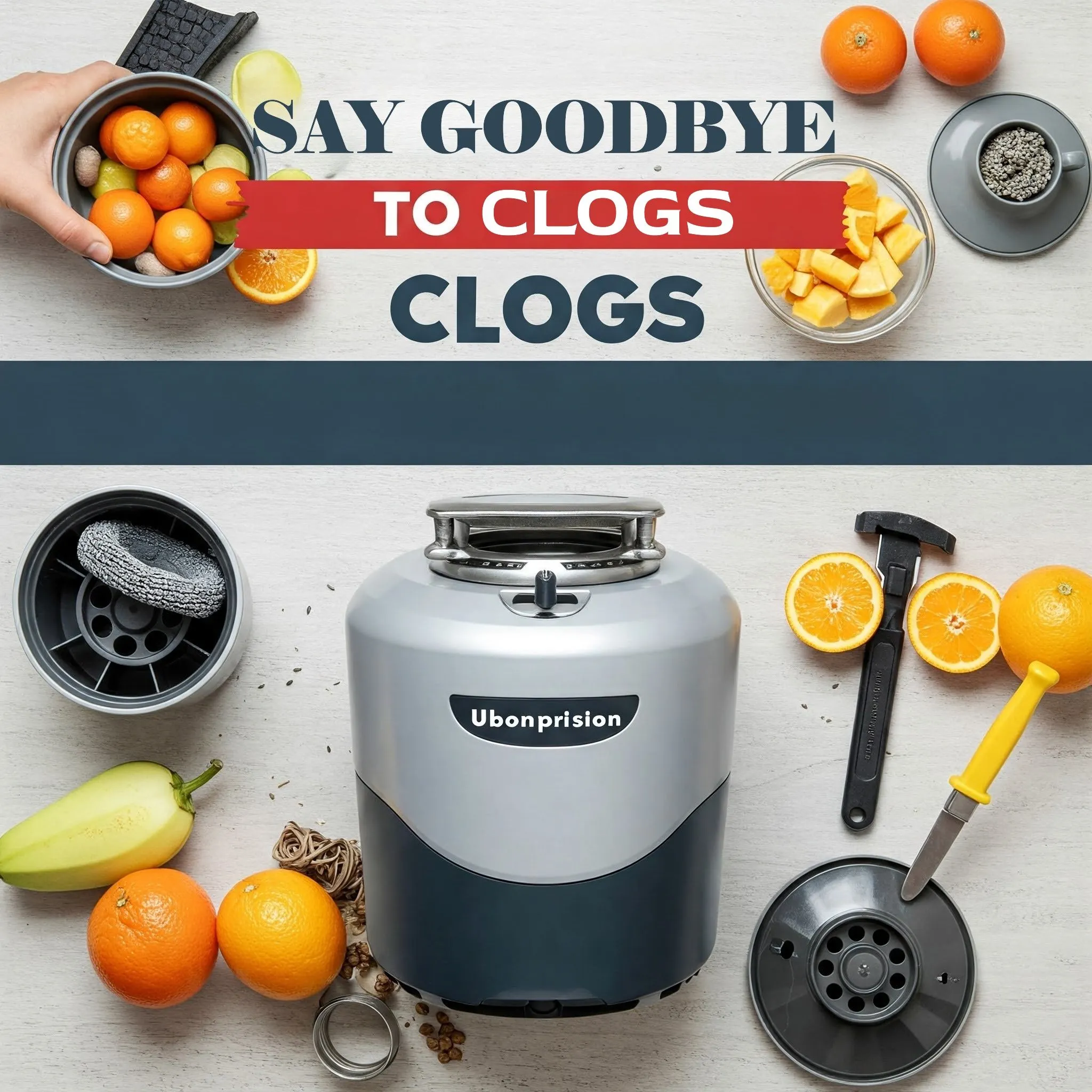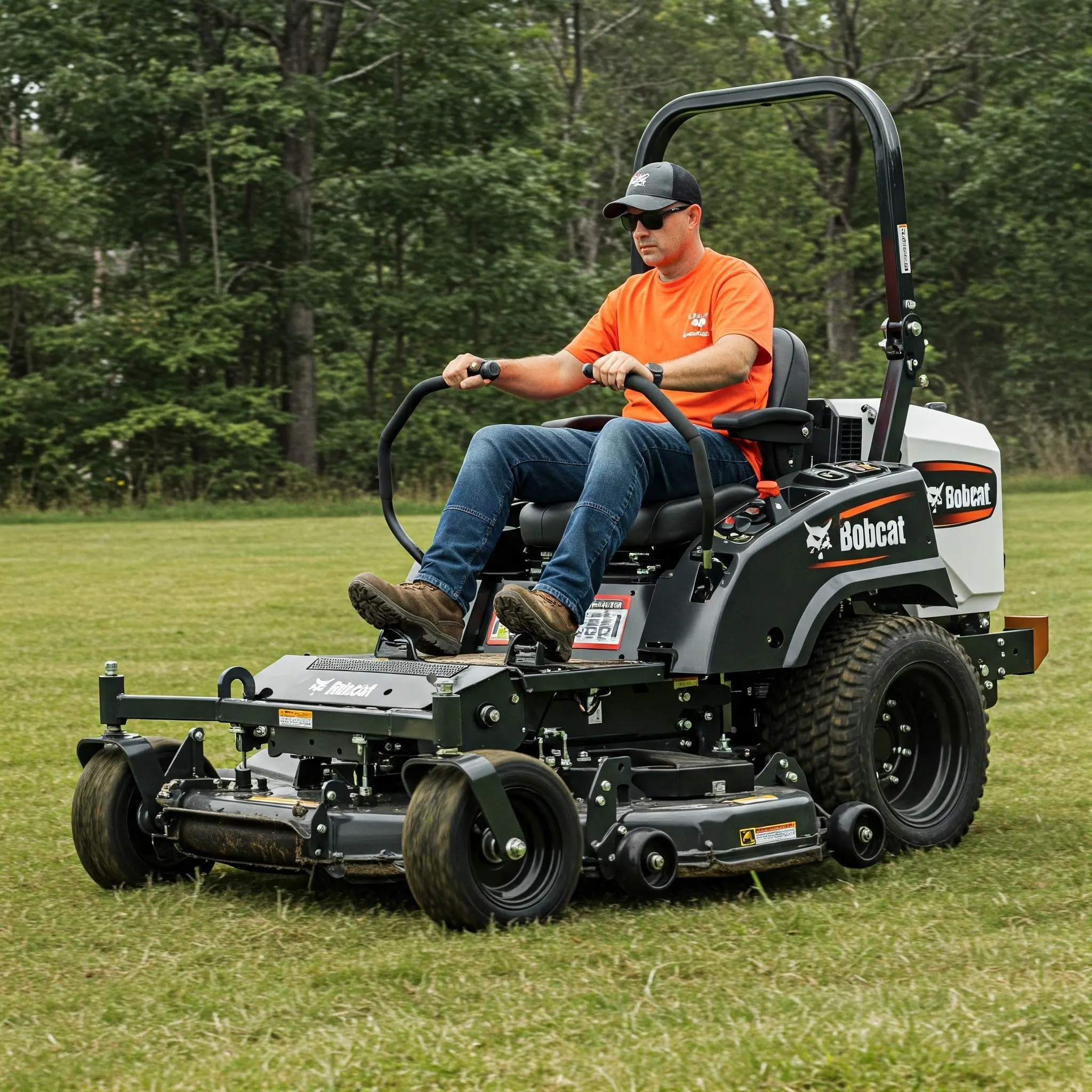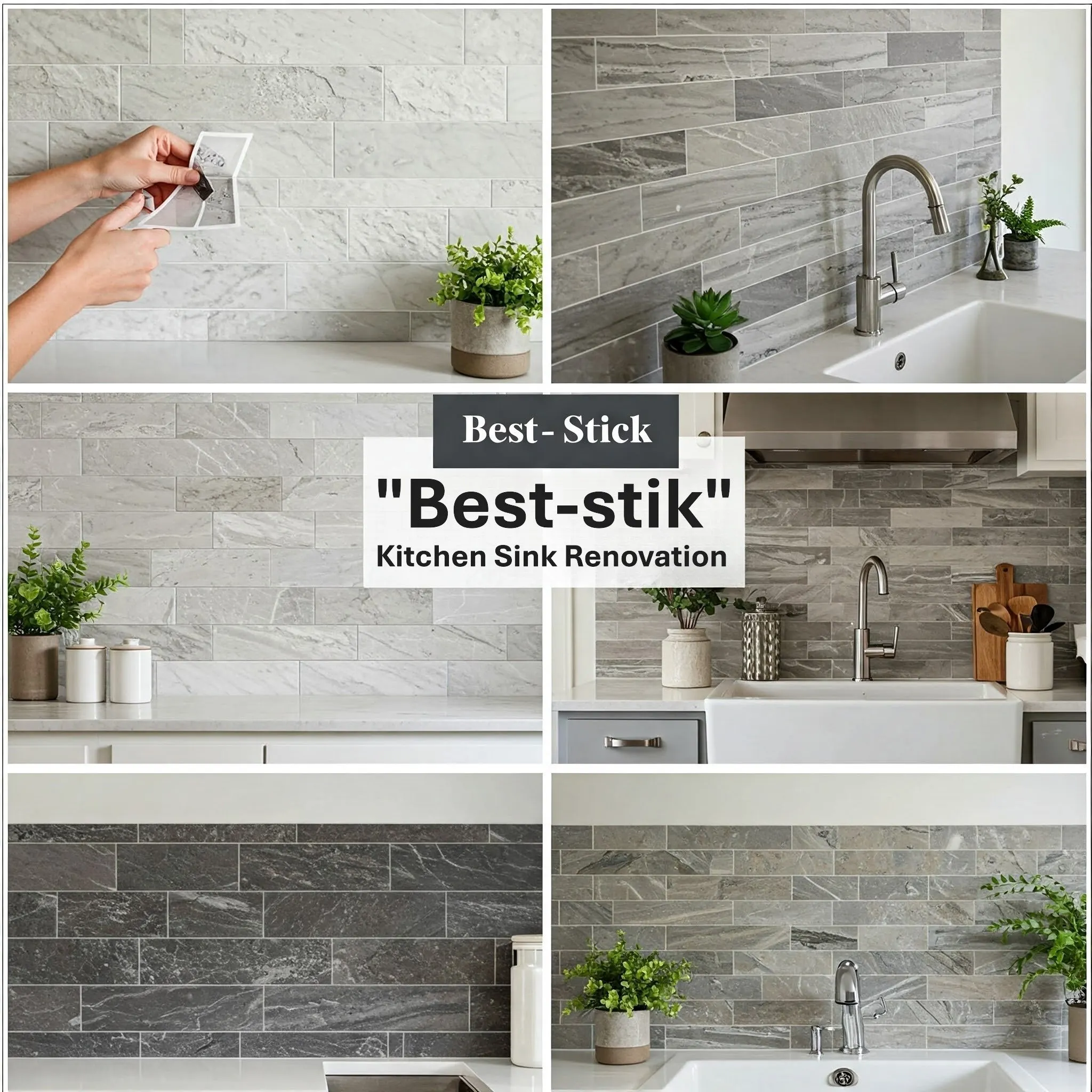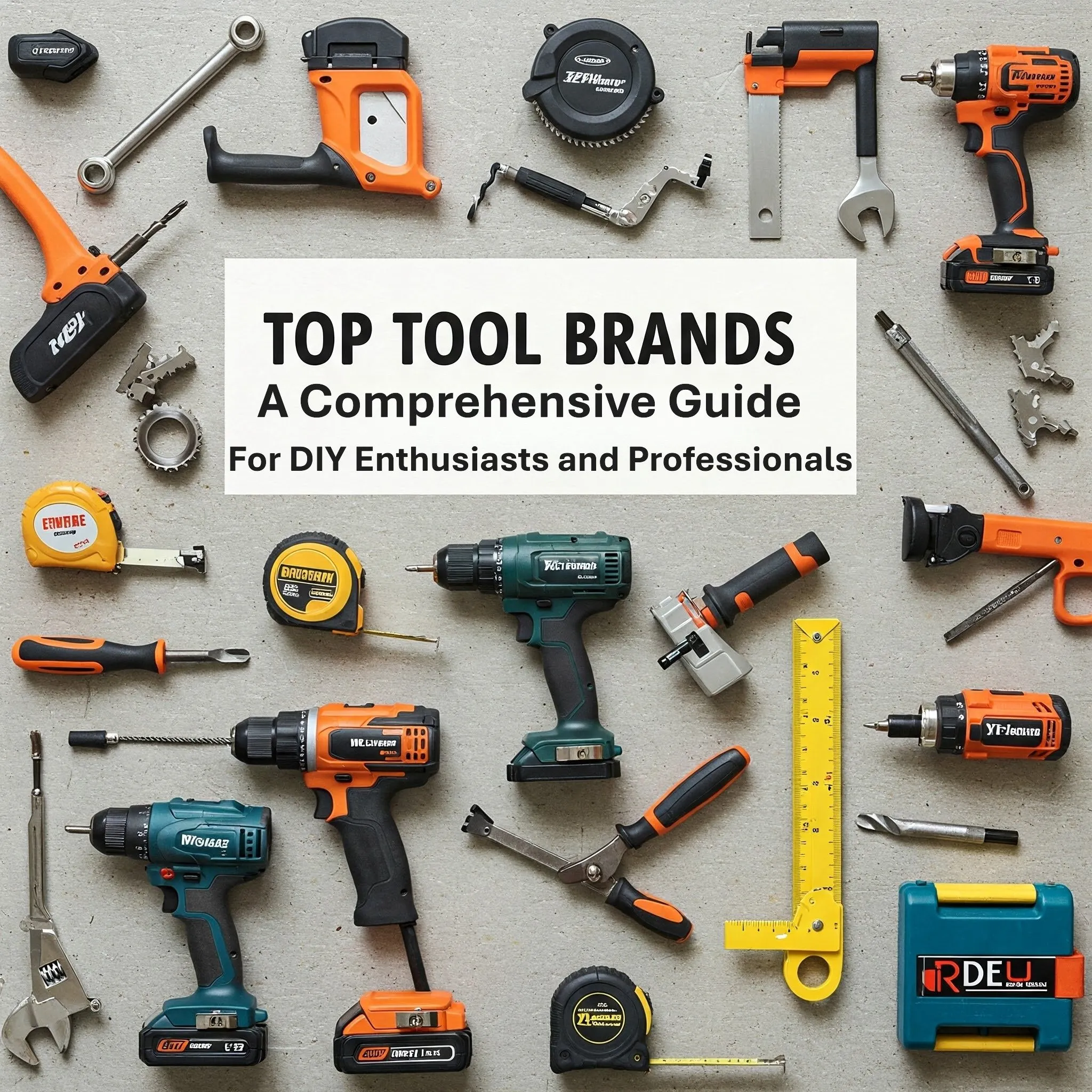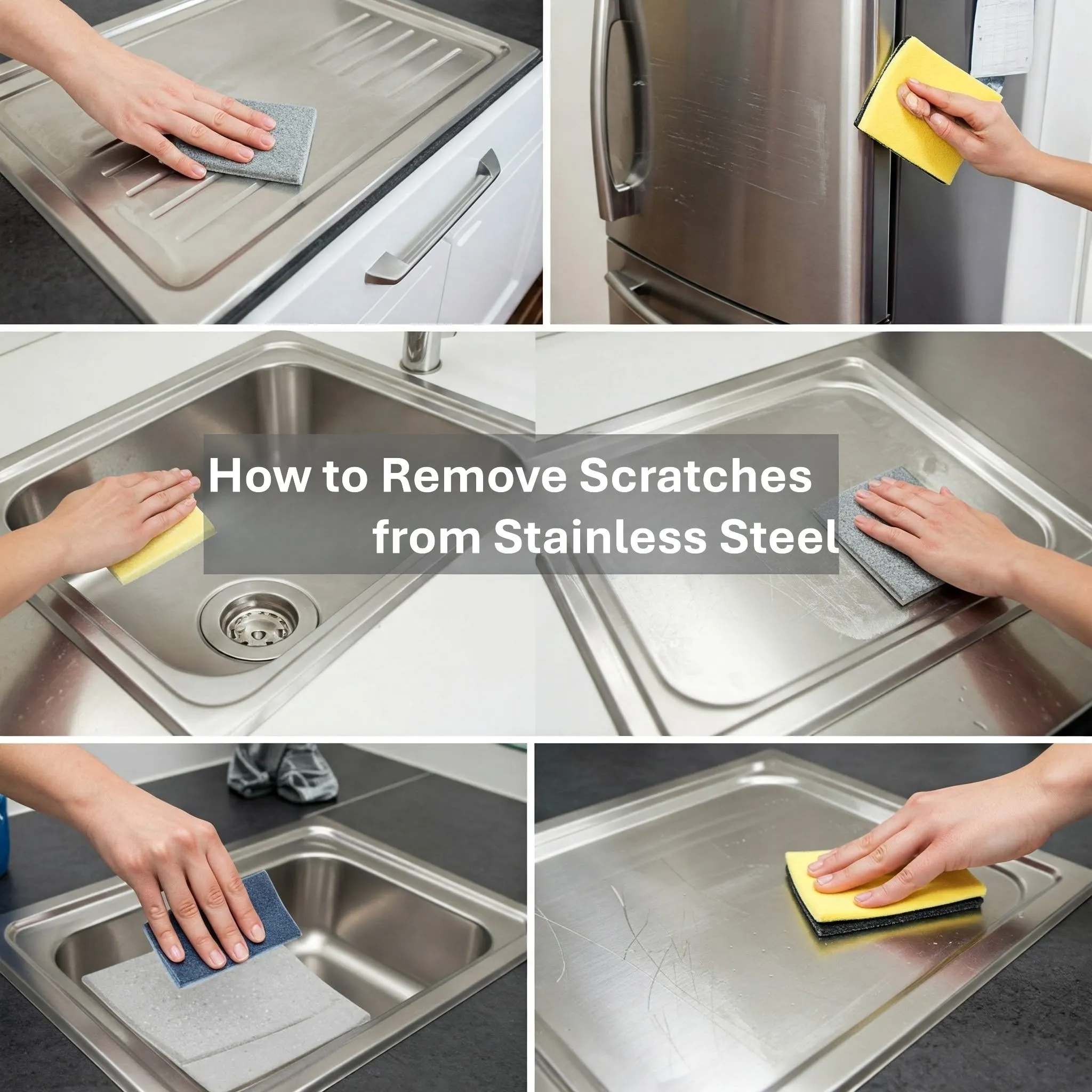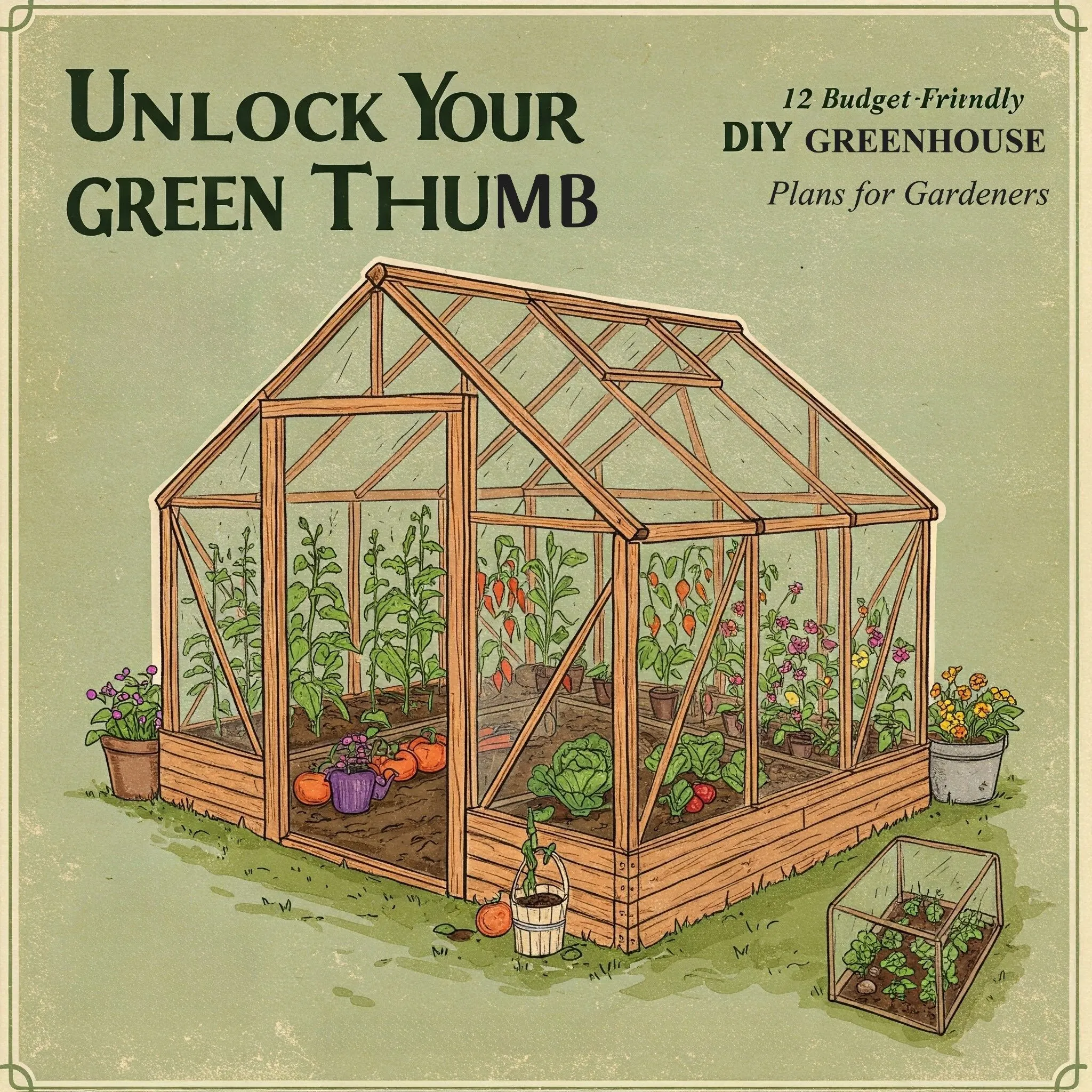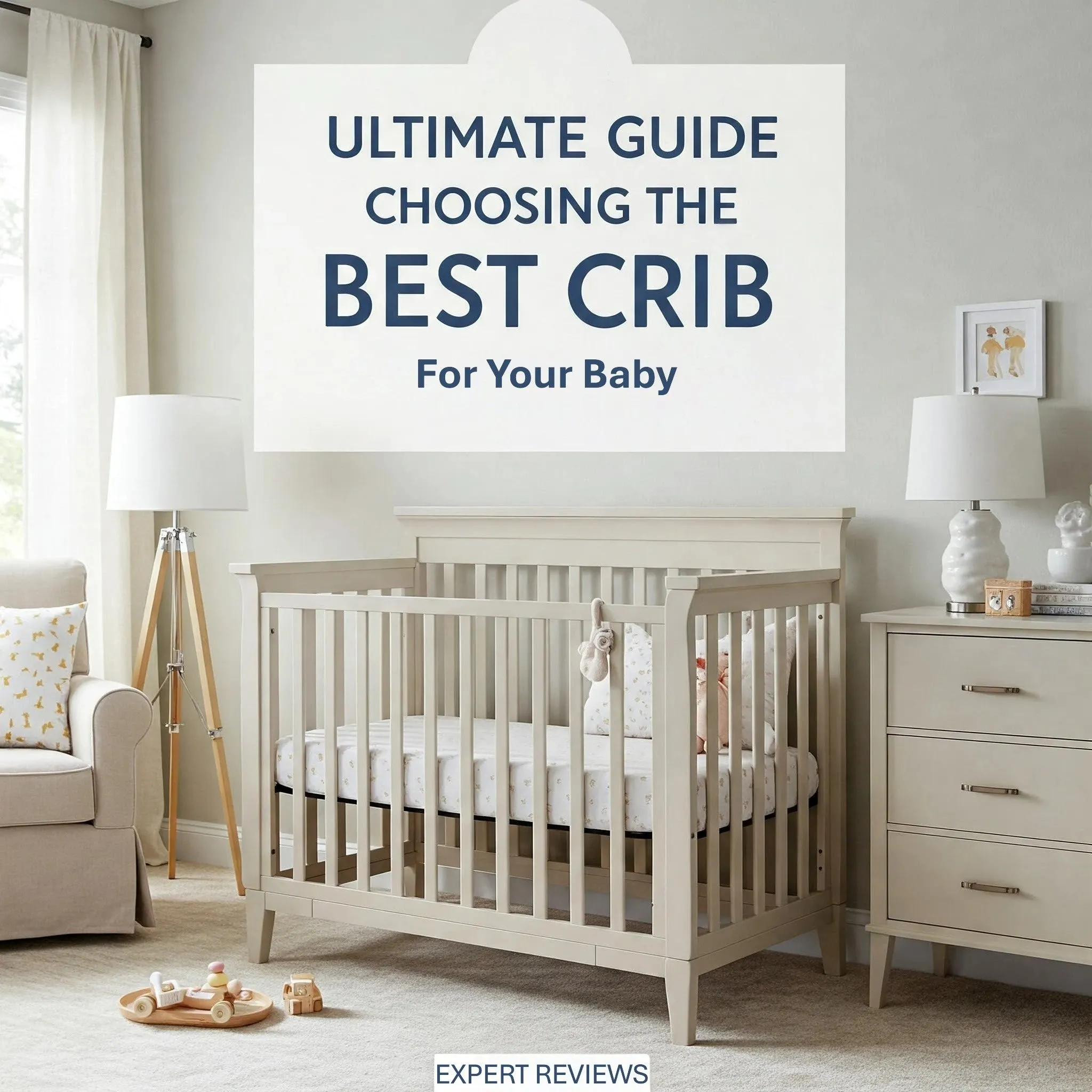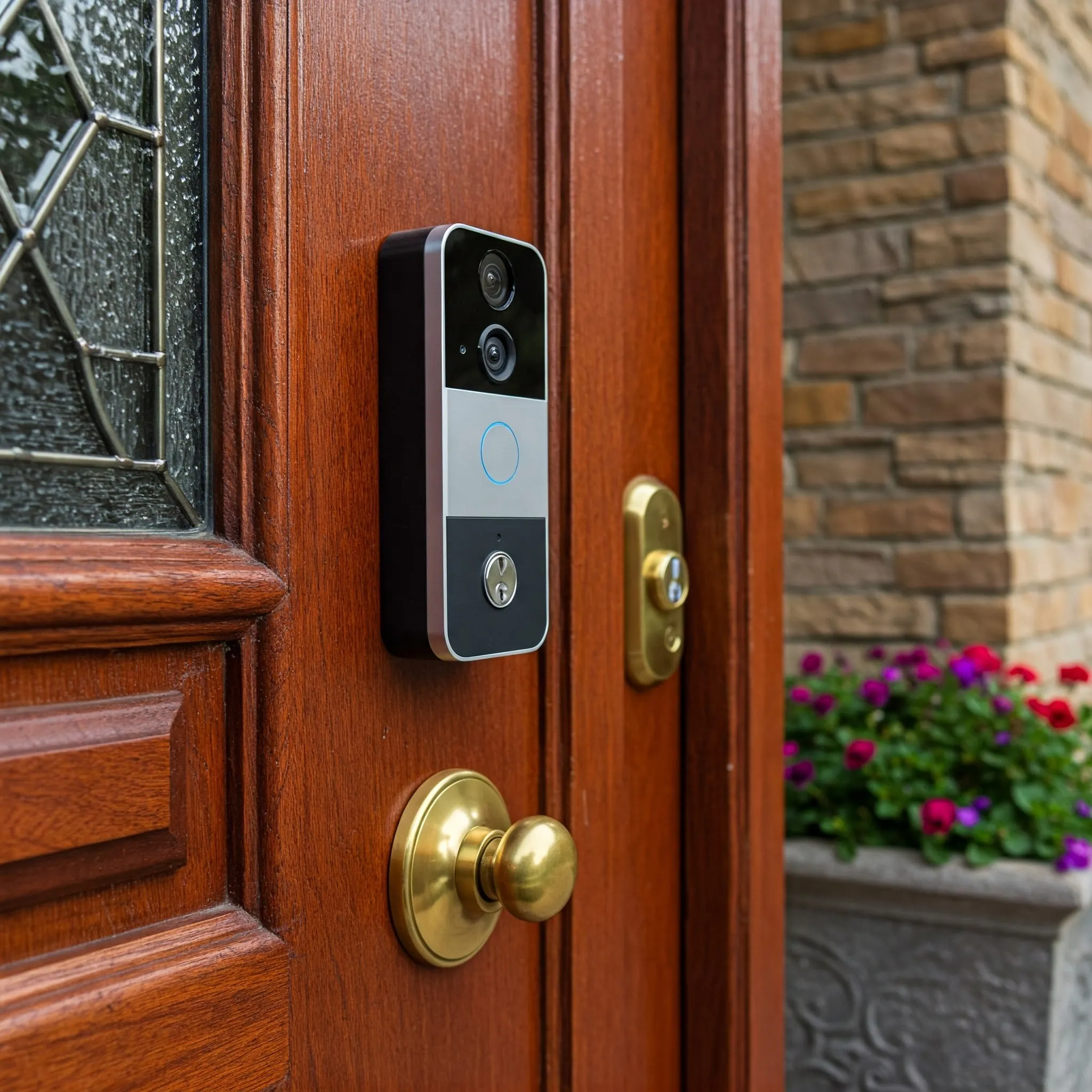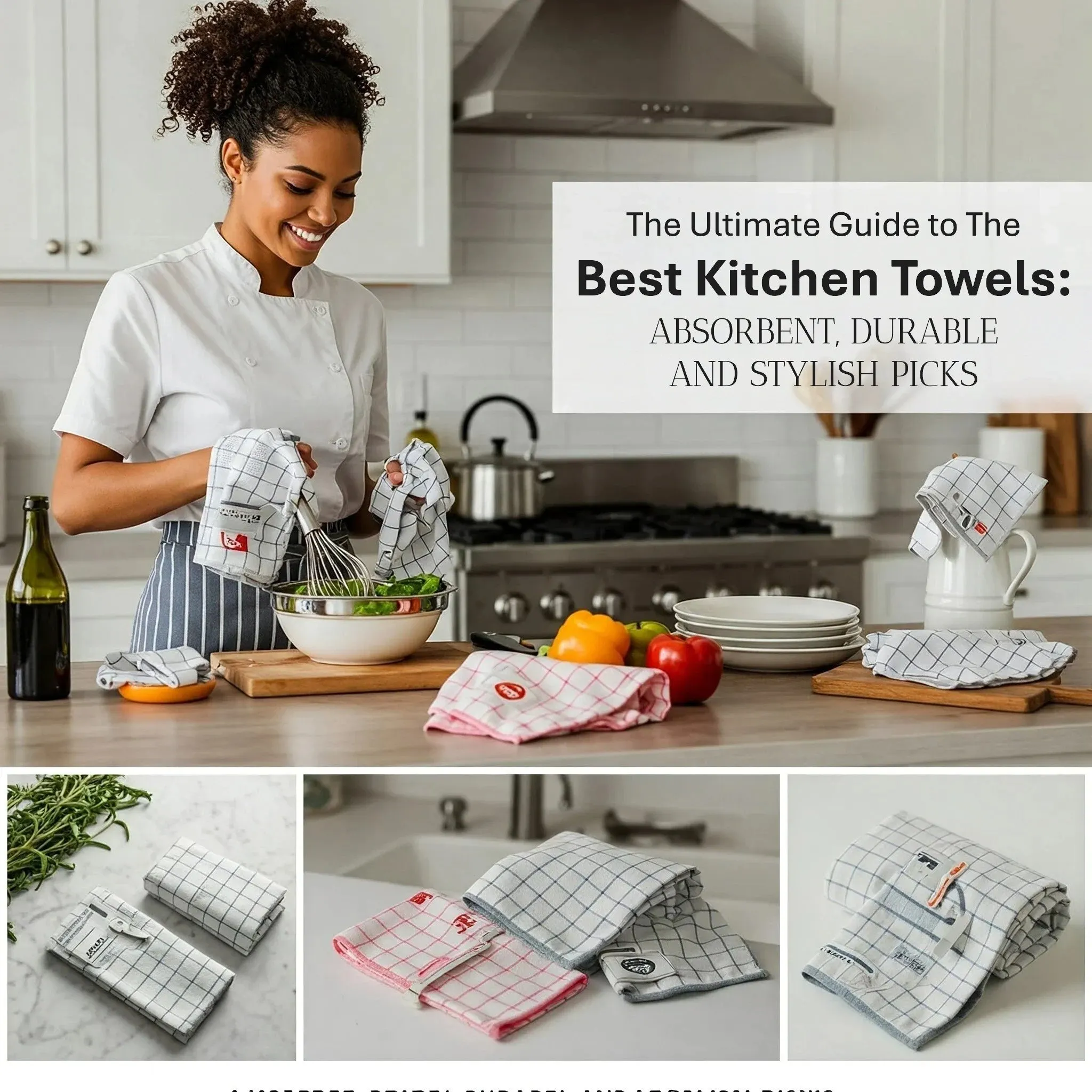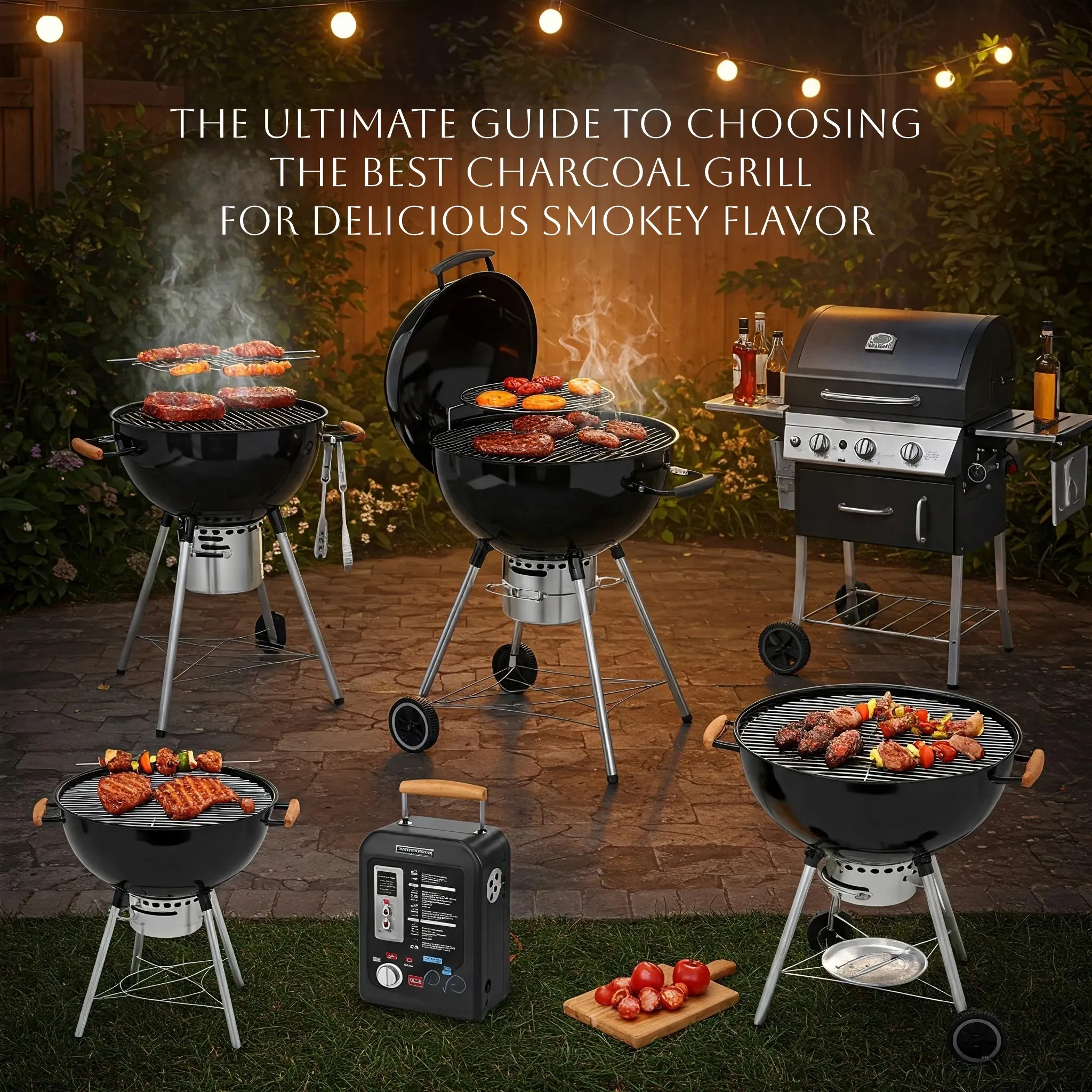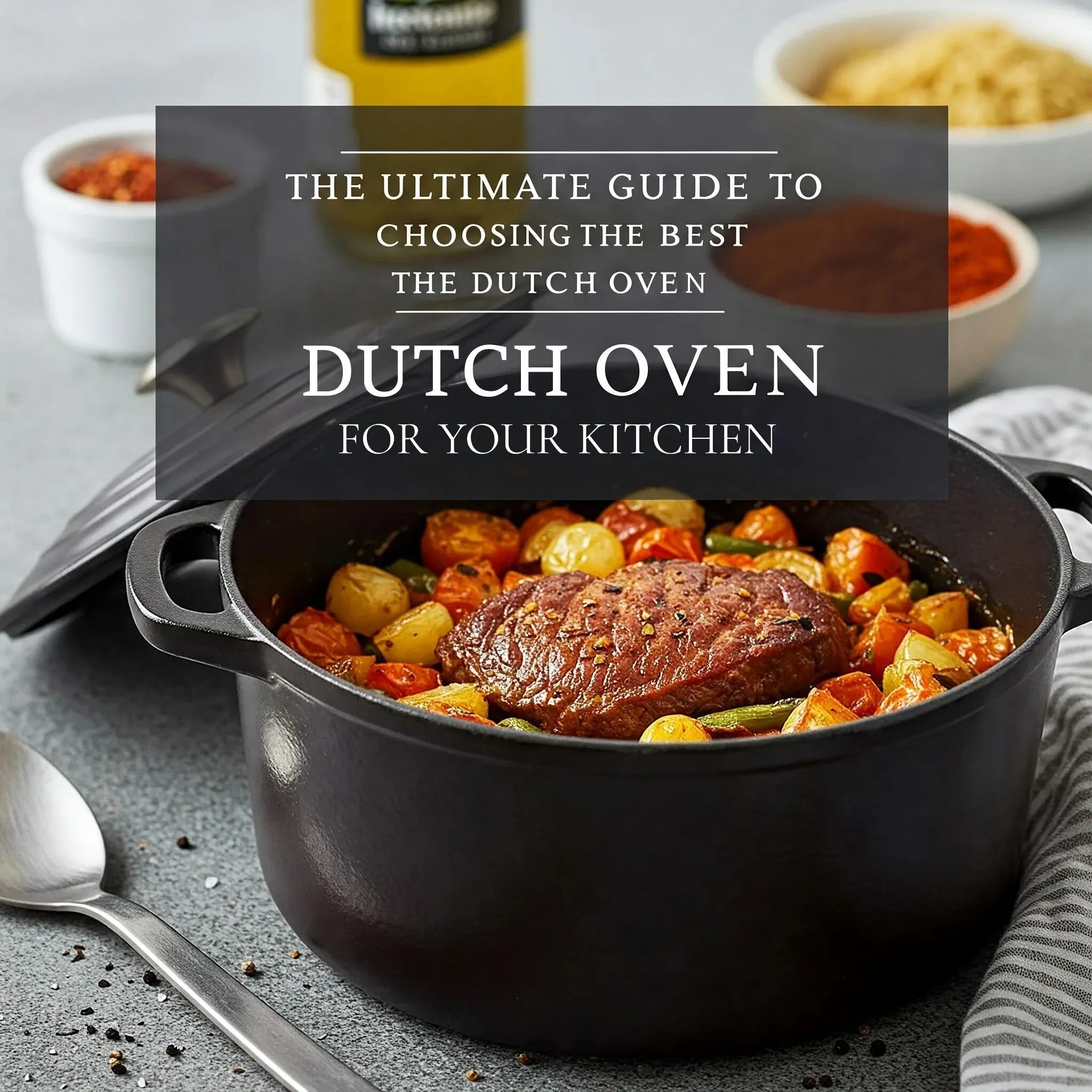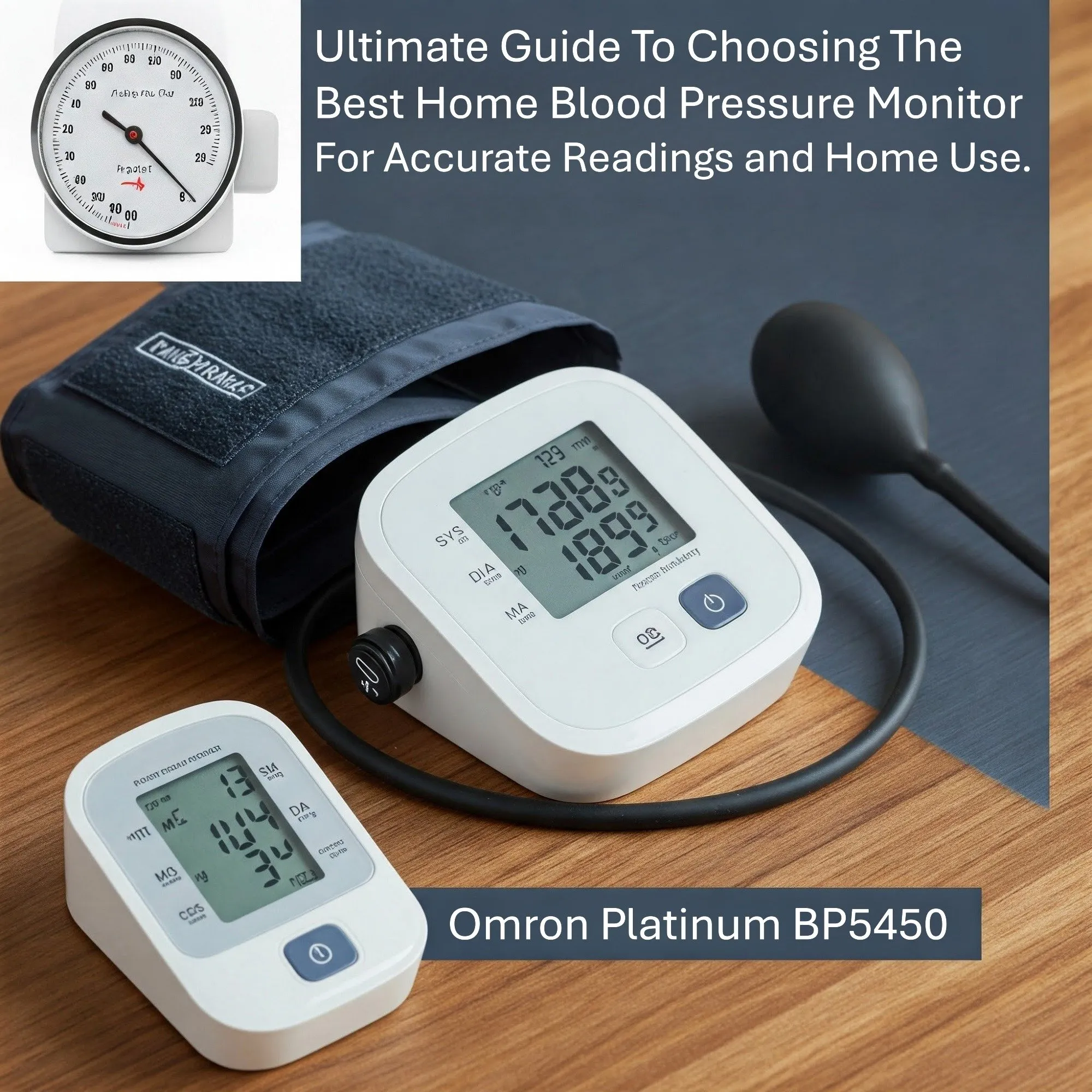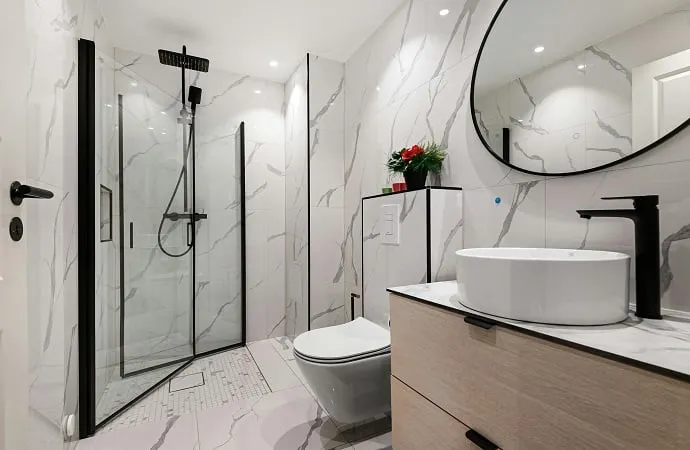The Ultimate Guide to Choosing the Best Dutch Oven for Your Kitchen

"Please be advised that we may receive compensation from the products featured on this page, and we participate in affiliate programs. Learn More ›"
A Dutch oven isn't just another pot in your kitchen arsenal; it's a true culinary workhorse. This heavy-bottomed, thick-walled pot with a tight-fitting lid is capable of tackling a remarkable range of cooking tasks. From simmering hearty soups and stews to braising tough cuts of meat until they reach melt-in-your-mouth tenderness, and even baking loaves of crusty, artisanal bread, the Dutch oven proves its worth time and time again. Investing in a good Dutch oven means acquiring a piece of cookware that will not only elevate your cooking but also stand the test of time, potentially becoming a cherished heirloom. And the best part? Exceptional quality doesn't necessarily come with an exorbitant price tag.
In our extensive testing and evaluation, we've discovered that the Lodge 6 Quart Enameled Cast Iron Dutch Oven stands out as a champion, delivering performance that rivals much more expensive counterparts. Its thoughtful design, featuring roomy handles and a spacious cooking area, makes it a joy to use. While many Dutch ovens perform adequately, the Lodge distinguishes itself through its ease of handling and practical features.
On the other end of the spectrum, the Le Creuset Signature Enameled Cast-Iron 5½-Quart Round French Oven represents the gold standard in the world of Dutch ovens. Renowned for its exceptional durability, ideal size for a multitude of recipes, and the most comfortable handles among all the ovens we tested, the Le Creuset is a coveted piece of cookware. Its enamel coating has a proven track record of resisting chipping, making it a worthwhile investment for serious cooks who desire a pot that will last for generations. While the price point is significantly higher, for those seeking an heirloom piece, the Le Creuset is truly in a league of its own.
Beyond our top picks, other brands like Staub, Great Jones, Milo by Kana Classic, Cuisinart, and Tramontina offer their own unique takes on the Dutch oven, each with its own set of features and considerations.
====================================================================
Why You Can Trust Our Expertise in Dutch Ovens
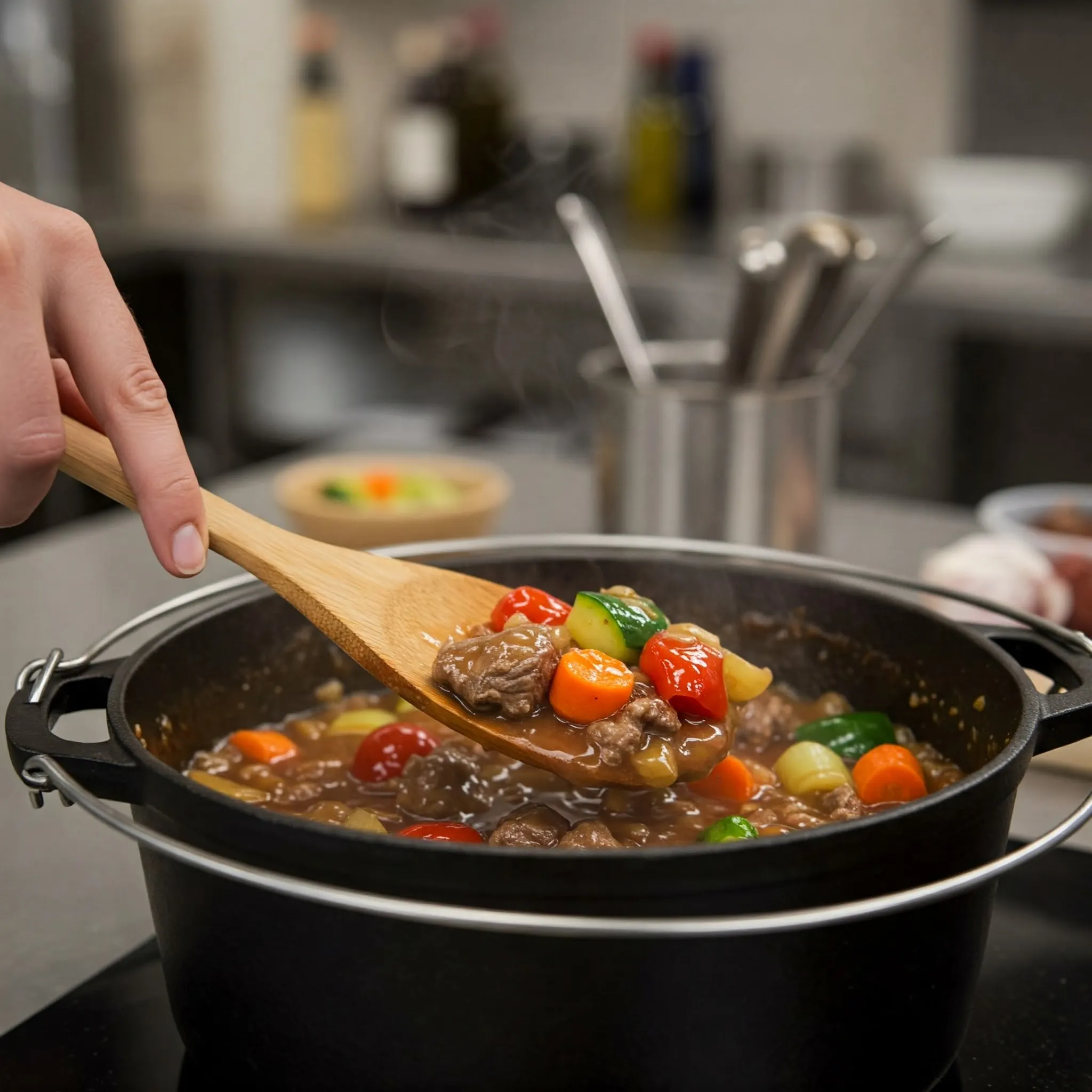
At ClixNest, our team brings a wealth of experience in reviewing a wide array of kitchen items, from essential hand mixers to versatile small saucepans. This deep understanding of cookware performance and quality forms the foundation of our Dutch oven guide.
For this comprehensive review, our process involved several key steps:
- Extensive Research: We delved into new editorial reviews from respected culinary sources such as Epicurious, The Kitchn, The Strategist, and America’s Test Kitchen. We also explored the science behind cookware by consulting resources like Cooking For Engineers and Cooking Issues, ensuring our evaluations were grounded in technical understanding.
- Hands-on Testing: We didn't just read about Dutch ovens; we put them to the test. Our rigorous evaluation included caramelizing onions to assess even heating, searing roasts to gauge browning capabilities, simmering stews to evaluate liquid retention, and even baking bread to see how each pot performed in a variety of cooking methods.
- Editorial Independence: Like all journalists at ClixNest, we conduct our reviews and tests with complete editorial independence. We are never influenced by business considerations and remain committed to providing honest and unbiased recommendations to our readers. Our editorial standards prioritize accuracy and integrity in all our product assessments.
====================================================================
Who Will Benefit Most from Owning a Dutch Oven?
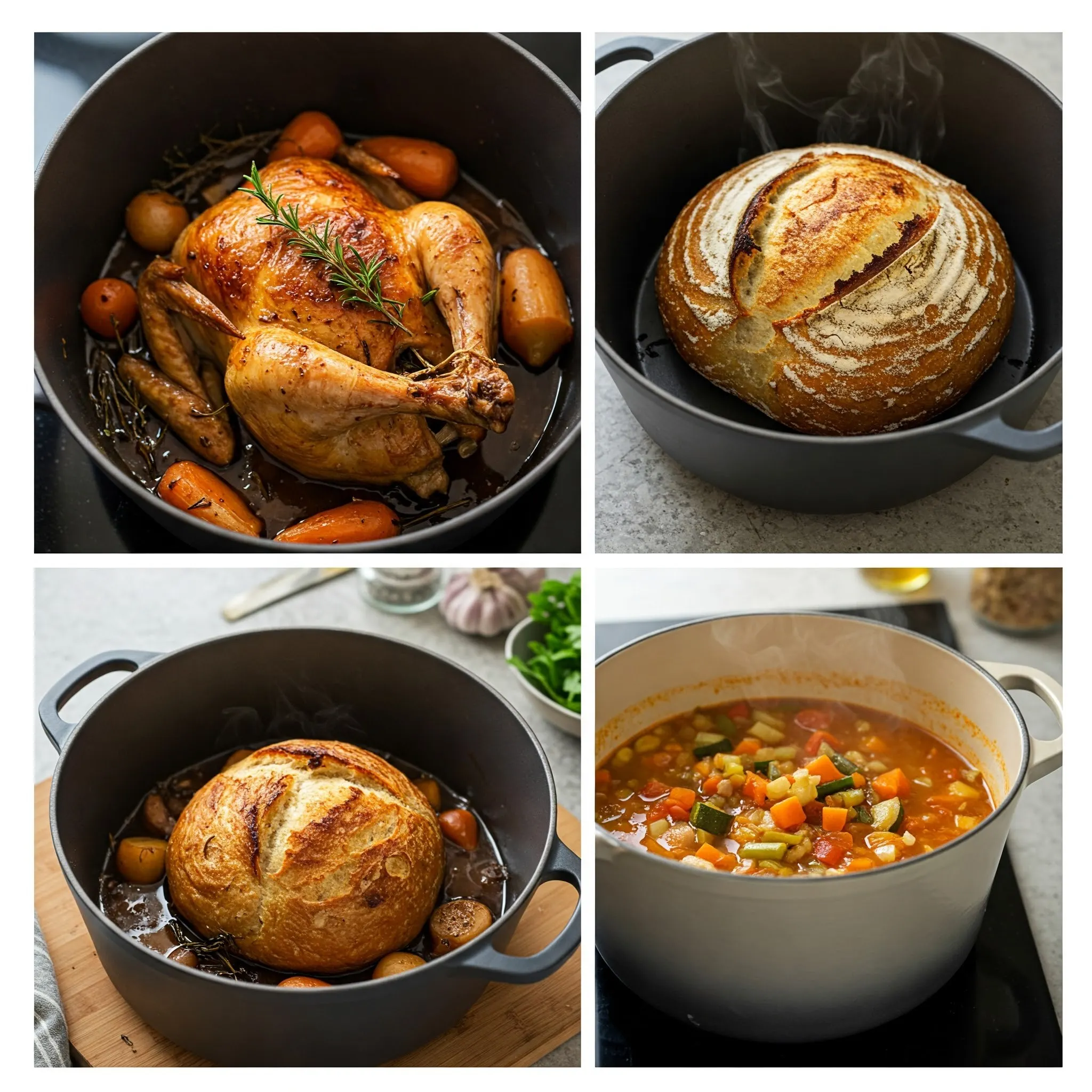
An enameled Dutch oven is a remarkably versatile pot that will quickly become an indispensable tool for a wide range of home cooks. Here’s who will find the most value in owning one:
- The Versatile Cook: If you enjoy exploring different cooking techniques, the Dutch oven is your ideal companion. It excels at braising meats to tender perfection, baking crusty bread with a beautiful rise, boiling pasta water efficiently, and even deep frying.
- The Slow Cooking Enthusiast: Dutch ovens are particularly well-suited for slow cooking. Their exceptional heat retention ensures consistent temperatures, and their ability to transfer seamlessly from stovetop to oven allows for searing followed by long, slow braising.
- The Home Baker: Achieve bakery-quality results with no-knead bread baked in a Dutch oven. The trapped steam creates the perfect environment for a high rise and a wonderfully crisp crust.
- Those Seeking Durability and Easy Maintenance: Unlike bare cast iron, the enamel coating on a Dutch oven is incredibly easy to clean and maintain, resisting rust and eliminating the need for seasoning.
When choosing a Dutch oven, size is an important consideration. A 5½- to 6½-quart oven is a great all-around size that should comfortably serve two to four people and handle most common cooking tasks. If you frequently cook for larger groups, you might consider a 7-, 9-, or even 13-quart version. However, keep in mind that larger ovens can be quite heavy and cumbersome to move, especially when filled with food.
The shape of your Dutch oven is another factor to consider. A round Dutch oven typically works best on the round burners found on most stoves, providing even heat distribution. An oval oven, while potentially less efficient on round burners, can be particularly useful for accommodating large, oblong roasts like a tenderloin, especially if you have an oval burner on your stovetop. For braising, an oval oven should also perform well on a large round burner.
====================================================================
Our Comprehensive Approach to Picking the Best Dutch Ovens
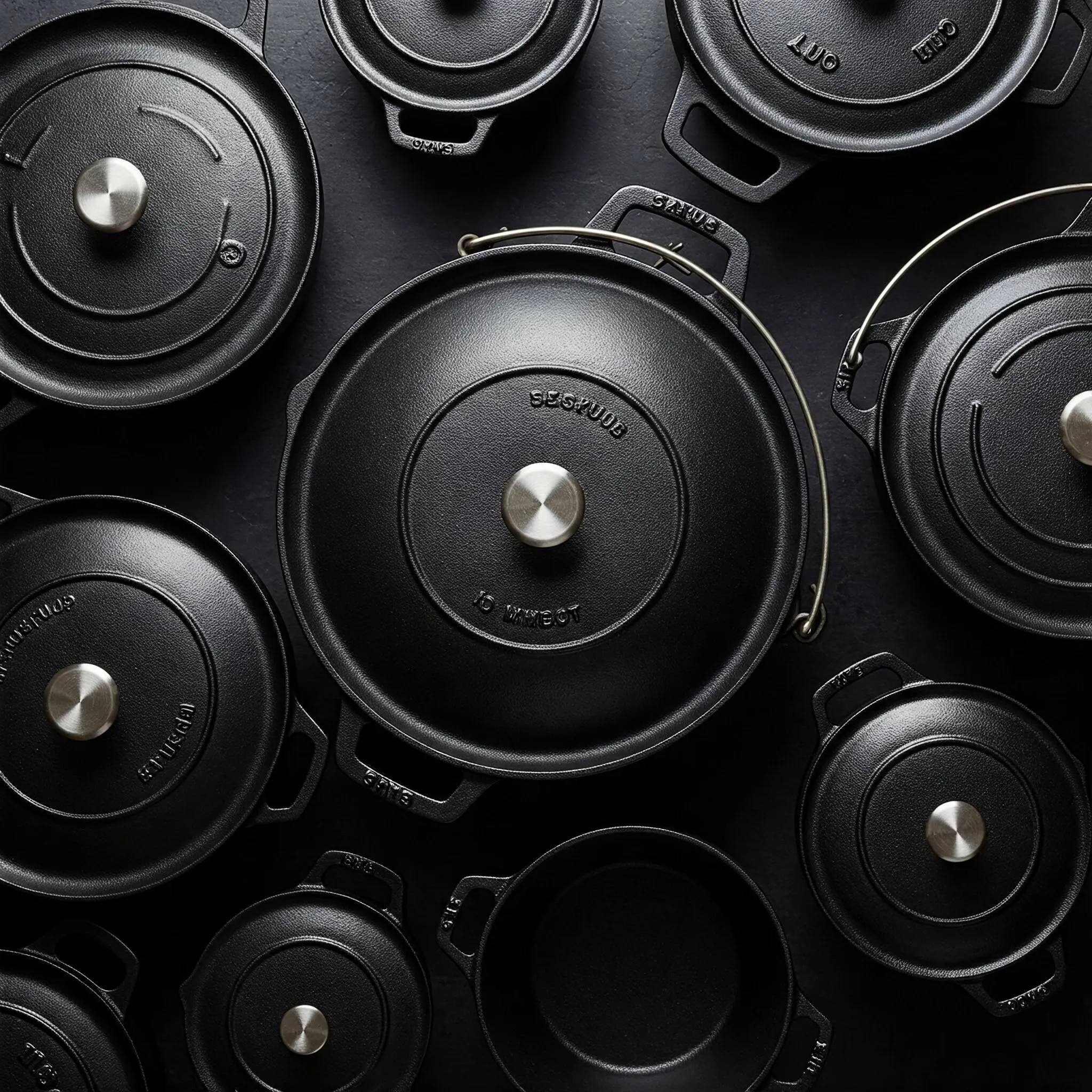
To identify the best Dutch ovens, we started with a clear understanding of what defines this essential piece of cookware. By its dictionary definition, a Dutch oven is simply “a large, heavy cooking pot with a lid.” While you can find Dutch ovens made from various materials like ceramic, aluminum, enameled steel, or bare cast iron, our focus was specifically on enameled cast-iron Dutch ovens.
We chose to concentrate on enameled cast iron because it offers the ideal combination of durability and suitability for low and slow cooking. Cast iron possesses an exceptional ability to retain heat, far surpassing other materials. This makes it perfect for braising, a cooking technique that relies on consistent heat over an extended period to tenderize meat. The enamel coating provides several advantages over bare cast iron, including easier care and cleaning, as it eliminates the need for seasoning and offers a smooth surface that resists sticking. While not as nonstick as Teflon, the enamel finish facilitates easy cleanup and deglazing.
Having previously tested Dutch ovens with dark interiors, we made a conscious decision to focus on models with light-colored enamel interiors. This feature makes it significantly easier to monitor the color of the fond – the flavorful browned bits that form the foundation of delicious sauces.
Dutch ovens are available in a wide range of sizes, from small individual mini-cocottes to large 15-quart oval ovens. While oval ovens are common, we primarily concentrated on testing round models, as they generally fit better over standard stovetop burners. In terms of size, we narrowed our testing to 5½- or 6½-quart ovens, which we believe offer the best balance for most recipes. Smaller pots can struggle with larger cuts of meat, while significantly larger ovens can be unwieldy to handle and clean. However, for those needing larger capacities, Lodge offers round models up to 7½ quarts, and Le Creuset goes even larger with a 13¼-quart round Dutch oven, capable of serving up to 10 people.
We also prioritized squatter, wider pots in our selection process. Their shorter walls allow more steam to escape compared to taller, deeper pots, which is crucial for effectively browning meat for stews or chili. Additionally, a wider pot allows you to brown more meat at once without overcrowding, saving valuable cooking time.
Finally, we looked for Dutch ovens with lids that fit securely on the pot while still allowing some steam to escape, enabling soups and stews to reduce and thicken. Some manufacturers, like Staub, incorporate bumps or ridges on the underside of their lids, which are intended to help evaporated moisture drip back into the pot, basting the food inside. While we observed that the Staub pot with this feature did retain more moisture during braising (potentially also due to a tighter-fitting lid), we ultimately preferred the more concentrated stews produced by ovens that allowed for slightly more liquid evaporation.
====================================================================
The Rigorous Testing Process: Putting Dutch Ovens Through Their Paces

To objectively evaluate the performance of each Dutch oven, we devised a series of rigorous tests focused on key aspects of cooking:
- Heat Distribution Test: We started by cooking identical batches of long-grain white rice in each model to assess how evenly heat was distributed across the base. Our goal was to identify any potential hot spots that could lead to scorching. We checked the rice after 15 and 20 minutes, but thankfully, none of the Dutch ovens burned the rice.
- Even Cooking Assessment: Next, we caramelized two large onions in each pot over low heat for an hour. We hypothesized that this slower cooking process would reveal differences in heat distribution among the contenders, but we didn't observe significant variations.
- Temperature Consistency: To investigate whether pots with dark interiors heated to a higher temperature, we placed each pot on the same burner over a low flame. We used an infrared thermometer to measure the temperature at 10-minute intervals, repeated four times over 25 minutes. Our findings indicated that pots with both dark and light interiors heated at roughly the same rate. The difference in browning or burning ultimately came down to visual cues, which were much easier to discern in ovens with lighter interiors.
- Braising Performance: We prepared a pot roast in each oven to evaluate even searing, caramelization, and liquid retention. All the ovens produced equally succulent roasts, demonstrating their fundamental capability for braising.
- Baking Excellence: We also baked no-knead bread in each pot after preheating it while empty, a common use for Dutch ovens. We assessed how well each loaf rose and browned, factors that could be influenced by a pot's ability to retain heat and trap steam. While a hotter pot might lead to greater oven spring, and a pot trapping more steam could allow for a higher rise before the crust sets, we didn't notice substantial differences among the loaves baked in our tests.
- Usability and Maneuverability: Throughout the cooking process, we paid close attention to how cumbersome each oven was to lift and move when full.
- Cleaning Ease and Enamel Durability: After testing, we meticulously cleaned each pot, noting how easy it was to remove food residue and inspecting for any chips or damage to the enamel coating.
- Evaporation Rate Analysis: Finally, we made a simple beef stew in the remaining contenders, which involved sautéing, searing, deglazing, and braising. The nearly three-hour cooking time provided a realistic assessment of how easy each oven was to clean after prolonged use. We also measured the weight of each stew before and after cooking to determine the amount of liquid that evaporated. This helped us understand how well each pot concentrated flavors. We learned that some evaporation is necessary for a flavorful, concentrated dish. The stew made in the Staub lost only 6 percent of its weight and tasted the most watery. The stew from the Lodge lost about 16 percent, and the Le Creuset stew lost 14 percent, both resulting in thicker and richer flavors.
====================================================================
Our Top Pick: The Lodge 6 Quart Enameled Cast Iron Dutch Oven - Exceptional Value and Performance
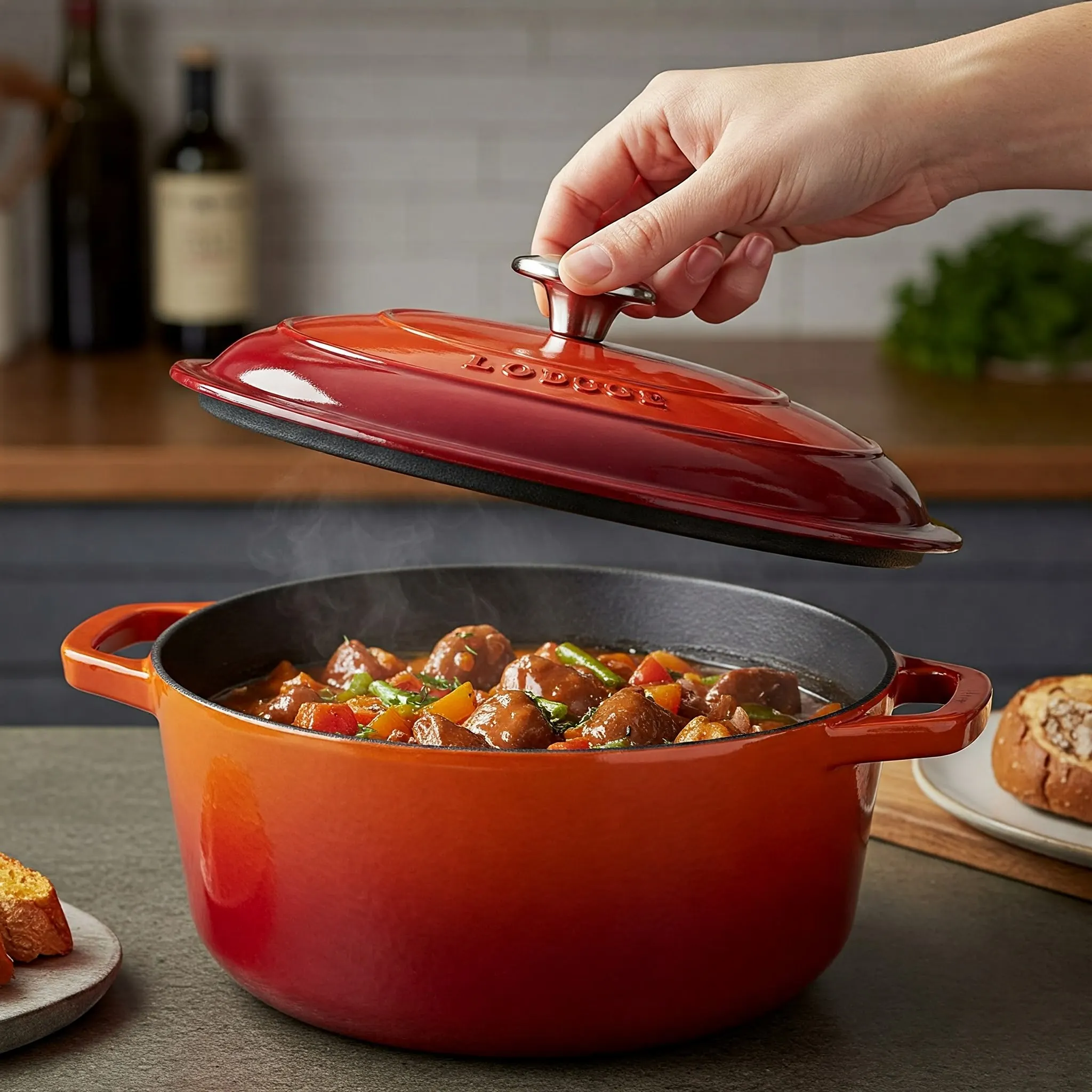
For those seeking the best value in a Dutch oven, we wholeheartedly recommend the Lodge 6 Quart Enameled Cast Iron Dutch Oven. It consistently cooks food just as well as much pricier alternatives we tested, making it an exceptional choice for the everyday cook. Furthermore, it stands out as one of the easiest Dutch ovens to use and maneuver around the kitchen.
The large, looped handles provide a secure and comfortable grip, significantly reducing the strain of moving a full pot in and out of the oven or to the sink. The rounded corners of the Lodge make it easy to reach with a whisk or spoon, preventing food from getting trapped during deglazing. The light-colored enameled interior offers excellent visibility, allowing you to easily monitor the browning of your food. And like most enameled ovens, the Lodge is remarkably easy to clean. The lid is designed to allow for an optimal amount of evaporation, resulting in concentrated and rich cooking liquids. In our tests, the stew prepared in the Lodge lost approximately 15¾ percent of its weight, striking the perfect balance for flavor and texture.
The Lodge also boasts several design features we appreciate. Its wide and squat shape facilitates effective searing of meat, preventing steaming. The gentle curve from the bottom to the sides of the oven helped onions brown more evenly, as they didn't get stuck in sharp corners, unlike some other models like the Le Creuset, where we had to stir onions more attentively due to a more pronounced angle. The light interior further aids in judging the color of onions and meat during browning. In contrast, onions cooked in darker-colored ovens like the Staub tended to burn slightly because the dark surface made it difficult to assess their color development. Our infrared thermometer readings confirmed that pots with dark and light interiors heated similarly, highlighting the importance of visual cues.
The enamel finish on the Lodge has proven to be durable, remaining intact through multiple rounds of testing and years of use in our test kitchen. This is in contrast to models like the Milo Classic Dutch Oven, where the enamel on the bottom and handle chipped after just a few washes, and the surface showed pitting. The glossy surface of the Lodge also makes cleaning effortless, unlike matte interiors like the one on the Staub, which tended to grip onto food.
The wide, looped handles are among the easiest to grip securely, even with thick oven mitts or folded towels (which are necessary as the cast-iron handles do get hot during cooking). We found the spindly half-moon handles on the Great Jones Dutchess and the stubbier handles on the Milo much harder to hold onto. The Lodge's handles not only make lifting the pot (which weighs just under 15 pounds empty) easier but also provide a more comfortable grip while stirring. The only model we tested with superior handles was the significantly more expensive Le Creuset.
Lodge offers a satisfaction guarantee for all its products. A Lodge spokesperson informed us that their enameled cast iron Dutch ovens are covered by a limited lifetime warranty as long as all use and care recommendations are followed.
One of our ClixNest staff members used the Lodge Dutch oven from 2020 to 2024 and reported being very satisfied with its performance, noting no discernible difference in cooking quality compared to the Le Creuset. However, she did observe that the Lodge showed signs of wear and tear more readily. Over years of testing, we've generally had positive experiences with Lodge's customer service. The Dutch oven we've used in our test kitchen since 2019 remains in good condition. While repeated movement has caused some minor exterior scratching on the bottom, the enamel finish remains unmarred and the pot performs as well as ever. The interior is still free of major scratches, cracks, or chips. However, as noted in the original blog post, the Lodge's finish can wear down and discolor over time. This discoloration won't affect the pot's functionality unless the enamel flakes off. To remove stains on the light interior, a bleach solution or baking soda paste can be used. While some readers and ClixNest staffers have reported chipping on their Lodge ovens, we haven't personally experienced this issue, and Lodge states that their warranty covers cracked or chipped enamel. However, one ClixNest writer with a damaged pot reported not receiving a response from Lodge's customer service. While the Lodge is significantly more affordable than our upgrade pick, it might have a shorter lifespan. While price isn't always indicative of quality, it's a factor to consider with Dutch ovens.
Flaws but not dealbreakers: The bottom of the Lodge has a slightly curved surface compared to the Le Creuset. While this is beneficial for sautéing vegetables and caramelizing onions, it required a few extra minutes to achieve the same level of sear on large cuts of meat compared to ovens with flatter surfaces. The base is also an inch smaller than the Le Creuset, providing slightly less room for browning meat in large batches. As mentioned earlier, some Amazon reviewers, readers, and a few ClixNest staff members have reported that the Lodge's enamel chips easily. While we haven't experienced this ourselves, and Lodge assures us their warranty covers such issues, one ClixNest writer with a damaged pot did not receive a response from customer service. The Lodge is considerably more affordable than the Le Creuset, but its lifespan might be shorter.
====================================================================
The Upgrade Pick: The Le Creuset Signature Enameled Cast-Iron 5½-Quart Round French Oven - The Gold Standard in Durability and Enjoyment
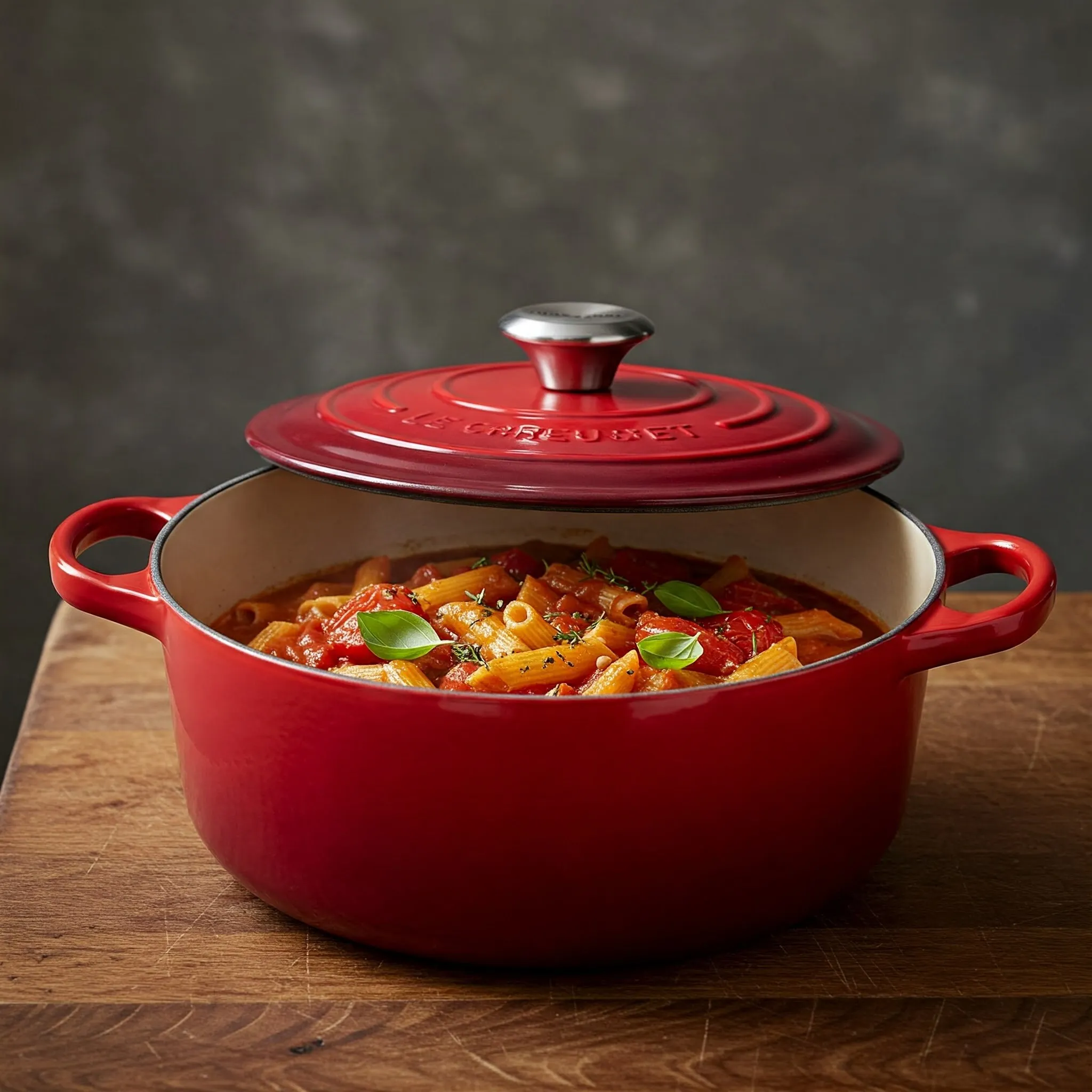
The Le Creuset Signature Enameled Cast-Iron 5½-Quart Round French Oven is unequivocally the best Dutch oven you can buy. It has proven to be the most durable oven we've tested, making it the ideal choice for cooks who desire a heritage piece of cookware that will last a lifetime. The Le Creuset consistently delivers exceptional cooking results and is the most enjoyable to use among all the ovens we evaluated.
One of the lightest Dutch ovens we tested, the Le Creuset also boasts the largest handles, making it incredibly easy to cook with and clean. The durable enamel coating has a smooth finish that promotes even cooking and is backed by a lifetime warranty, providing peace of mind with your investment. While the Le Creuset is undeniably expensive, its longevity makes it a worthwhile consideration for serious home cooks. In our cooking tests, we didn't find a significant difference in performance compared to the Lodge, but our long-term experience indicates that its enamel has far superior staying power.
The Le Creuset features a slightly larger cooking surface than the Lodge, along with straighter sides. While food might have a slightly easier time getting stuck around the edges, we found it easy to reach into the corners with a whisk to scrape up any browned bits during deglazing. We achieved an excellent sear on meat, thanks in part to the slightly larger bottom surface area. In our testing, the Le Creuset consistently cooked foods the most evenly, producing perfectly caramelized onions and bread with a beautifully burnished crust and even crumb. However, these differences were generally minor. When we used the Le Creuset for braising, the lid allowed for a balanced amount of evaporation, resulting in a flavorful and concentrated beef stew, comparable to the one we made in the Lodge.
We particularly love the roomy handles on the Le Creuset. They offer even more space for your hands than the generously sized handles on the Lodge and are the most comfortable to grip with oven mitts or towels, facilitating a seamless transition from stovetop to oven. The lid features a stainless-steel knob that is oven-safe at any temperature. Weighing in at just 11.9 pounds, the Le Creuset is one of the lightest Dutch ovens we tested (3 pounds lighter than the Lodge), making it the easiest to lift, even when full.
Le Creuset offers its Dutch ovens in a wider array of sizes and colors compared to Lodge. The company also produces unique pots in whimsical shapes, like hearts, although we don't recommend these from a practical cooking standpoint. At the time of this writing, the Le Creuset Dutch oven costs nearly five times as much as the Lodge. However, for home cooks who demand the absolute best and prioritize durability and a generous lifetime warranty, this oven may be worth the investment. Even if your pot is damaged due to your own fault, the company typically offers a replacement for 75 percent off the suggested retail price, as a ClixNest staff member discovered when they sent in their chipped pot to Le Creuset's warranty department. The brand is beloved by both professional and home cooks, and our experience shows that these pots can indeed last for decades. We've used Le Creuset ovens for years in our test kitchen, and the enamel has shown no signs of discoloration or flaking.
Another ClixNest staff member has used their Le Creuset for over 18 years, using it approximately three times a month, sometimes more frequently. They describe it as a "workhorse" and the perfect size for making enough food for almost a week's worth of dinners. They also noted that the heavy bottom makes it more difficult to scorch food. They consider it an indispensable kitchen item. Additionally, another staff writer at ClixNest has used a 9-quart Le Creuset model for ten years. Their spouse considers it the best, particularly for braising when cooking for larger dinner parties of around nine people. The depth and surface area of the pot allow braising liquid to reduce to a rich gravy while providing ample space for the meat to cook. It was also the perfect pan for early bread-baking endeavors and for preparing confit turkey legs for Thanksgiving. Serving directly from the Le Creuset at the table adds a touch of elegance. Le Creuset Dutch ovens are among the most durable we've tested, and with proper care, they can last for decades without needing to be babied.
====================================================================
Care and Maintenance: Ensuring the Longevity of Your Dutch Oven
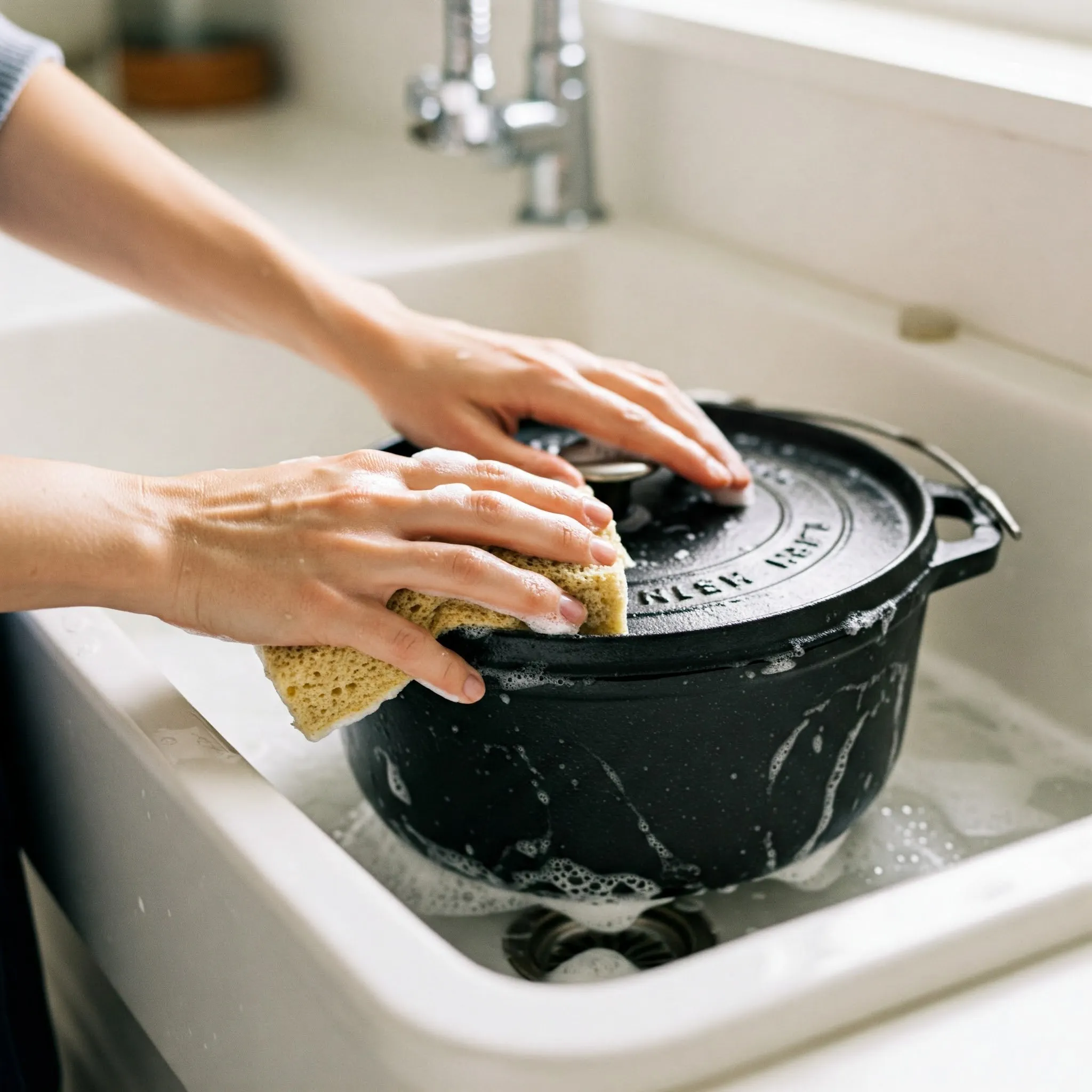
While most Dutch ovens are technically dishwasher-safe, manufacturers often advise that dishwashing can gradually wear down the enamel finish. For this reason, we recommend hand-washing your Dutch oven to ensure its longevity and to effectively clean all the corners. Before washing, always allow the pot to cool completely. Placing a hot pot in a sink full of cold water can cause thermal shock, leading to warping, cracking, or chipping of the enamel coating due to the rapid contraction of the cooling cast iron. Similarly, avoid heating an empty pot, as adding cold ingredients to a very hot pot can also cause thermal shock. While some home-baked bread recipes call for preheating an empty Dutch oven, manufacturers generally advise against it, and doing so might void your warranty if damage occurs.
Enameled cast iron is durable but requires some care to maintain its finish.
To prevent chipping or cracking, always use utensils made from wood, silicone, or other soft materials. Metal tools can scratch the surface. Similarly, avoid using metal scrapers, steel wool, or electric brushes for cleaning. For stubborn scorch marks, create a paste of baking soda and water or use a mildly abrasive cleaner like Bar Keeper’s Friend with a sponge. The light-colored interiors of most enameled cast-iron products may darken slightly with use, but stains can usually be removed by scrubbing with a baking soda paste or soaking in a light bleach solution for a few hours. Our top picks are oven-safe up to 500°F, so exercise caution if using them in hotter ovens for tasks like bread baking. If the enamel develops large chips or cracks that expose the cast iron underneath, it might be time to replace your oven, as these spots can rust and lead to uneven cooking.
====================================================================
The Competition: Other Dutch Oven Brands We Evaluated

During our testing process, we evaluated several other Dutch oven brands, each with its own strengths and weaknesses:
- Cuisinart Chef’s Classic Enameled Cast Iron 7-Quart Round Covered Casserole: Our previous "also-great" pick, this Cuisinart model features a larger cooking surface that promotes more evaporation, resulting in the most condensed broth in our stew test. However, it is larger and heavier, with smaller handles that are harder to grip. You might achieve similar results with a larger Lodge Dutch oven.
- Great Jones Dutchess: While the Dutchess boasts a sleek aesthetic, we found its design to be somewhat impractical. It's only available in a 6¾-quart oval shape, which may not heat evenly on standard round burners and caused noticeable scorching of rice and uneven caramelization of onions in our tests. The thin, looped knob on the lid and the looped handles are also difficult to grip, and lifting the heavy lid or a full pot was cumbersome.
- Milo by Kana Classic Dutch Oven: This 5½-quart model is relatively inexpensive but exhibited lower quality compared to our top picks. The outer enamel chipped after just four hand-washings, and the inner enamel was pitted and bumpy, potentially leading to uneven cooking. The smaller handles are less comfortable to hold, and the rubbery ring around the lid knob base can trap food. We also noted some stock availability issues, a common challenge for newer cookware startups.
- Staub Round Cocotte: The dark, slightly textured interior of the Staub made it difficult to use. Judging the color of seared meat or caramelized onions against the black finish was challenging, and food particles tended to stick, requiring more effort to clean. Staub advertises that its nubby lid helps retain moisture, resulting in tender braises. While it did lose the least amount of liquid in our 2015 testing, the resulting stew was watery and less flavorful compared to those made in other ovens.
- Tramontina 6.5-Quart Covered Round Dutch Oven: Compared to other models, the Tramontina is narrower and taller, making it less convenient for browning and too small for searing larger cuts of meat.
====================================================================
Final Thoughts: Investing in a Kitchen Essential

A high-quality Dutch oven is more than just a cooking pot; it's an investment in your culinary journey. Its versatility, durability, and ability to produce exceptional results across a wide range of recipes make it an indispensable tool for any home cook. Whether you opt for the exceptional value and reliable performance of the Lodge or the enduring quality and heritage of the Le Creuset, you're choosing a piece of cookware that will bring joy to your kitchen for years to come. Consider your cooking needs, budget, and desired longevity to select the perfect Dutch oven that will inspire countless delicious meals.
====================================================================
Key Takeaways: Quick Guide to Choosing Your Perfect Dutch Oven
- Versatility is Key: Dutch ovens excel at braising, baking, stewing, and more.
- Enameled Cast Iron is Ideal: Offers excellent heat retention, even cooking, and easy maintenance.
- Consider Your Needs: Choose the right size (5½- to 6½-quart is a good starting point) and shape (round is generally more versatile).
- Lodge Offers Great Value: Excellent performance at a more accessible price point.
- Le Creuset is a Premium Investment: Unmatched durability and a lifetime warranty.
- Light Interiors are Preferred: Make it easier to monitor browning.
- Proper Care Extends Lifespan: Hand-wash and avoid thermal shock.
- Explore Other Brands: Consider Cuisinart, Staub, and others based on specific needs and preferences.






